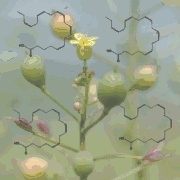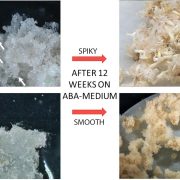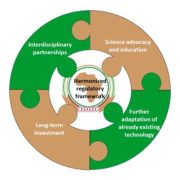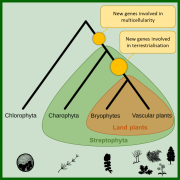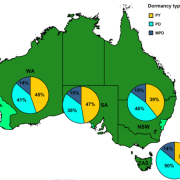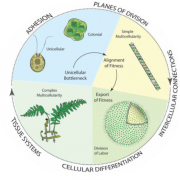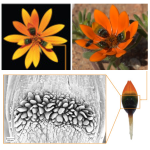Plants cultivated for ecosystem restoration can evolve towards a domestication syndrome
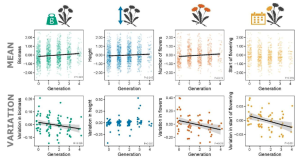 The pressing need to restore degraded areas has led to an unprecedented demand for native seeds. However, seeds are not always available in sufficient quantity and quality in nature, so some restoration practitioners might opt to source their seeds from wild plants grown on farms, just like any crop. While this practice has great potential to meet restoration project demands, there is an ongoing debate on whether seeds from plants under cultivation truly resemble the characteristics of those collected in the wild. In this research, Conrady and colleagues compared the traits of 19 species from European mesic grasslands grown from seeds that have undergone up to four cultivation generations with those from wild populations. The authors show that features such as plant height, biomass, and flower number increased through cultivation generations. Moreover, plant populations became more homogeneous with every cultivation generation. While this effect was species-specific, this study provides evidence that cultivation leads to trait changes that could affect the performance of individual plants and the resilience of restored areas. Therefore, this research provides a solid baseline for guidelines about using seeds from cultivated materials. (Summary by Carlos A. Ordóñez-Parra @caordonezparra) bioRxiv 10.1101/2023.02.27.530164
The pressing need to restore degraded areas has led to an unprecedented demand for native seeds. However, seeds are not always available in sufficient quantity and quality in nature, so some restoration practitioners might opt to source their seeds from wild plants grown on farms, just like any crop. While this practice has great potential to meet restoration project demands, there is an ongoing debate on whether seeds from plants under cultivation truly resemble the characteristics of those collected in the wild. In this research, Conrady and colleagues compared the traits of 19 species from European mesic grasslands grown from seeds that have undergone up to four cultivation generations with those from wild populations. The authors show that features such as plant height, biomass, and flower number increased through cultivation generations. Moreover, plant populations became more homogeneous with every cultivation generation. While this effect was species-specific, this study provides evidence that cultivation leads to trait changes that could affect the performance of individual plants and the resilience of restored areas. Therefore, this research provides a solid baseline for guidelines about using seeds from cultivated materials. (Summary by Carlos A. Ordóñez-Parra @caordonezparra) bioRxiv 10.1101/2023.02.27.530164


